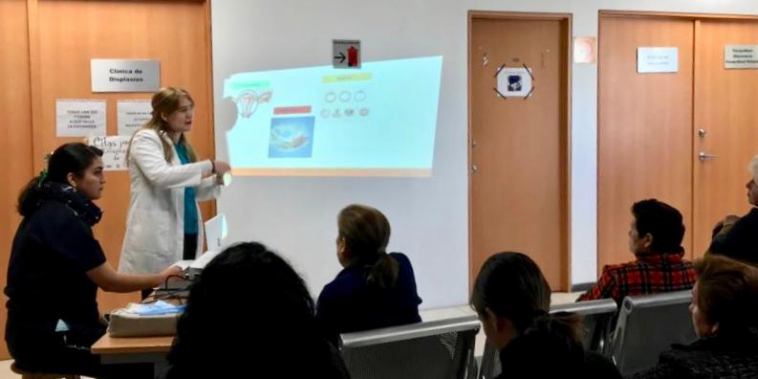Women in Science: Young OBGYN

“Stereotypical thinking about women, their roles in society and in their families, their capacities, and their preferences has permeated health care in general and reproductive health care in particular.”
Published in FIGO’s ‘Harmful stereotyping of women in health care’ 2012 guideline, the above statement remains all too familiar for female healthcare providers as well as for their patients.
This month we have spoken with the inspiring Atziri Ramirez Negrin, President of WATOG (World Association Trainee Obstetricians and Gynecologists) and Urogynecologist at Hospital Dr Manuel Gea Gonzalez in Mexico about her experiences since beginning her career:
What is the most useful advice you were given as a young woman considering entering into the healthcare profession?
I think the most helpful advice was given by my mother, who is also an obstetrician and gynaecologist.
After multiple disappointing and discouraging comments from people such as: “Think about it, if you spend too much time working you might not find a man or have children”, her advice was simply, “If it makes you happy just do it”.
Everyday I am conscious that I am in the right place doing the right thing.
Have you faced any challenges to participating and progressing in women’s health as a young OBGYN?
When thinking about the challenges of being a young OBGYN, two main things stand out. In Mexico there is a strong machista culture where women are viewed as worth less than men.
This makes providing medical care in communities particularly difficult. Patients do not value care by young female doctors as much as they value care by older, and or male doctors. An example of this is how they do not call you ‘doctor,’ they call you ‘miss’, unlike with our male counterparts.
This may negatively impact women’s health because it makes earning the population’s trust harder.
The second challenge faced by young OBGYNs is my country’s insecurity. There is a high index of violence against women. This poses a risk when providing care across the long and dark hours – early morning, late night - young OBGYNs are required to work in.
What has been your greatest joy as a women in science, in your education and training to date?
I think my greatest joy as a woman in science has been the ability to share my knowledge and training by participating in multidisciplinary workshops with midwives, general practitioners and nurses. I feel that by having this type of workshops the knowledge travels two ways.
What is your greatest frustration, in terms of gender equality and science, as you look at the scientific and healthcare landscape today?
My greatest frustration is when I observe that we have so far to go in reaching gender equity. In many places women require the husband’s authorisation to access health care - not by law, but by cultural norms. In many communities it seems that women are only valued as child-bearers and not as human beings. This limits their educational and life-choices, thus their health in general.
This make me feel that regardless to our scientific and technologic advances, we have a long way to go as a society.
What is your vision for the future of women in science?
I hope that in the future women grow in a society that accepts and values them as equal. I hope the world becomes a safer place for female OBGYNs, where they are are respected and valued.